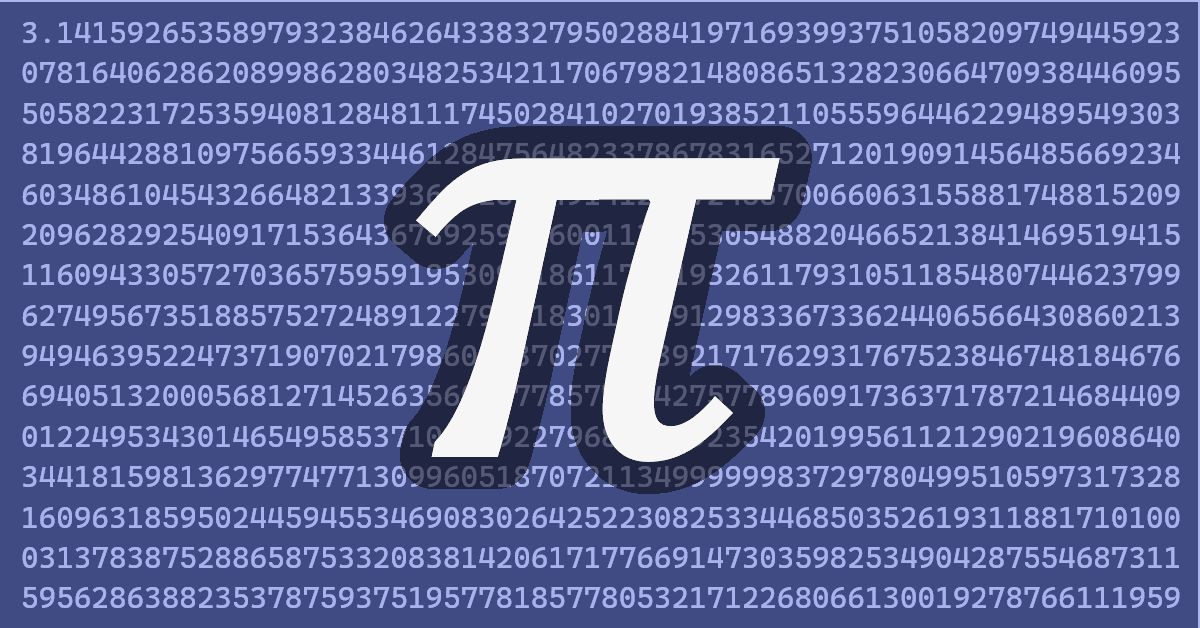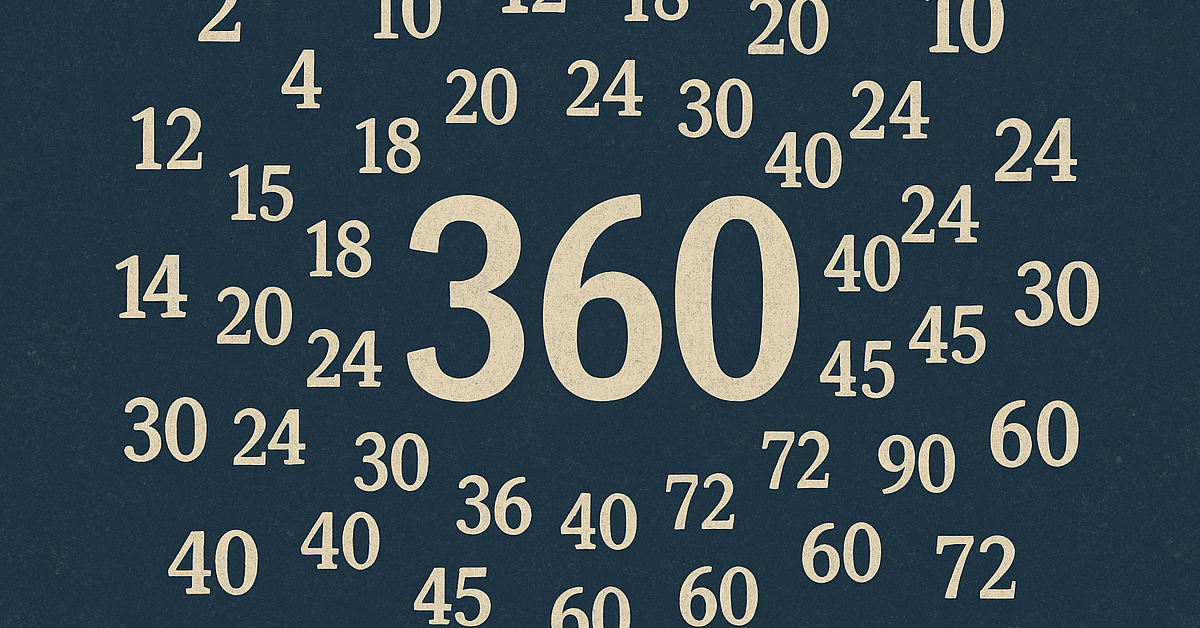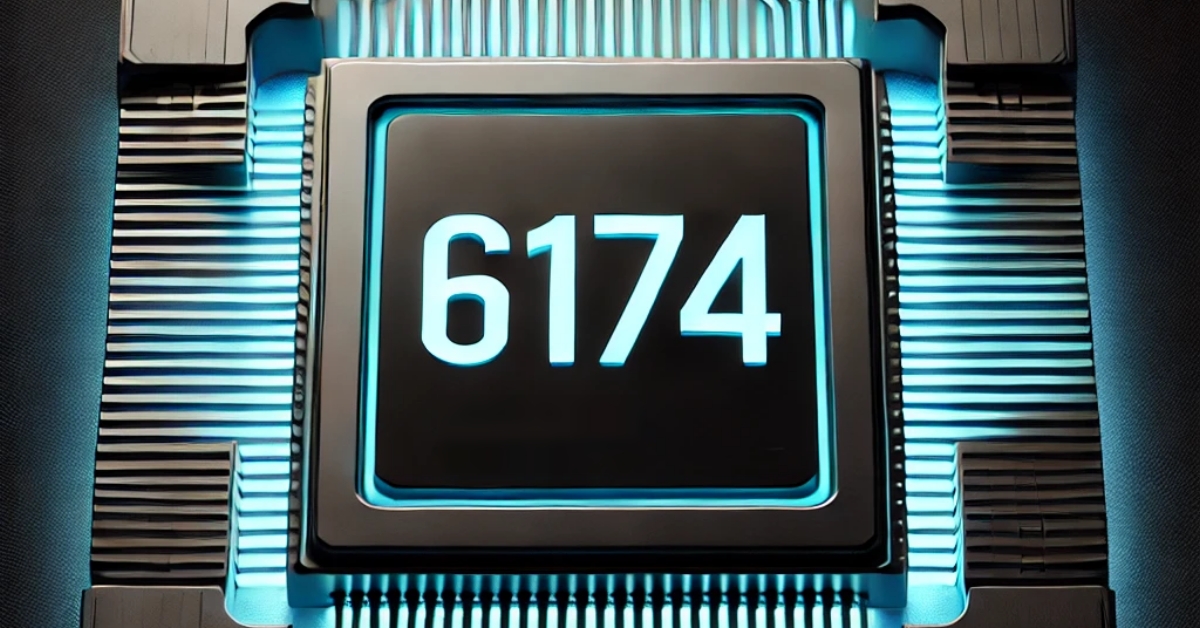Digits of 𝜋 Inside 𝜋
If the digits of Pi go on forever, can we find finite sequence of digits from Pi (or other numbers) within this infinite sequence? Can we find 𝜋 inside of 𝜋?
Inspiration
In the StarTalk video, “Why can’t you divide by zero?”, 3Blue1Brown’s Grant Sanderson discusses non-periodic tiling, known as Penrose Tiling, in which a pattern fills all of space without repeating. Grant compares this to the digits of Pi, which never repeat. This created the inspiration of finding repeat finite-sized patterns in the non-repeating infinity — both in the geometric tiling in Penrose, and in the digits of Pi.
Penrose Tiling
Penrose tiling never repeats, but it creates a tiling pattern forever. This means you can continually add onto the tiling pattern, and produce large finite sections, as in this Veratasium video, “The Infinite Pattern that Never Repeats”:
But whatever creation you lay out, it will never repeat. However, if the tiling is infinite, wouldn’t any finite pattern be found elsewhere, just with different surroundings? Wouldn’t it be neat to travel along this infinite, not-repeating pattern and find the exact same conglomeration you’ve created — way out there in infinite “Space Harrier“-esque tile-land?
Pi Digits Repeating
I had the same thought about the digits within Pi. Pi is known to many digits, “nearly infinite” as some would say, but finite numbers even in the trillions, is oh so much smaller than infinity.
The digits of Pi never repeat. If they did, it would be a rational number (a number that can be defined as a ratio — rational — of two integers). The thought that any number could be irrational seemed irrational before the square root of 2 was proved irrational, which is where the adjective “irrational” took on the meaning of someone or something being illogical or unreasonable.
Couldn’t you find some interesting patterns in the digits of Pi, such as the Feynman Point (six nines in a row: …999999… at the 762 decimal digit), and then also find it elsewhere?
How about the digits of Pi itself?
Acquire Digits of Pi
You can get the digits of Pi from various sources.
- Download: Internet Archive: “Various Mathematical Constants to 1 Billion Digits“
- Compute: Y-Cruncher
I chose to compute them myself, up to 10 billion digits, using Y-Cruncher:
- y-cruncher.exe custom pi -dec:10b
- y-cruncher.exe custom pi -hex:10b
First 100 Digits of Pi
- Decimal (base-10):
3.14159265358979323846264338327950288419716939937510582097494459230781640628620899862803482534211706 …
- Hexadecimal (base-16):
3.243f6a8885a308d313198a2e03707344a4093822299f31d0082efa98ec4e6c89452821e638d01377be5466cf34e90c6cc0 …
- Binary (base-2):
11.0010010000111111011010101000100010000101101000110000100011010011000100110001100110001010001011100 …
I don’t have a direct source data for binary, but I extract it in real-time from hexadecimal digits.
Searching for Pi inside Pi
Digit Index
Note: for binary, there are two digits before the radix point (“decimal point” in base-10) unlike decimal and hexadecimal:
- (base-10) Decimal: 3.141592653 …
- (base-16) Hexadecimal: 3.243f6a888 …
- (base-2) Binary: 11.00100100 …
In all cases, we count the first digit as index 0, and the second digit as index 1. Therefore the first fractional part (“decimal digits” in base-10) in binary starts at digit index 2. In decimal and hexadecimal, it starts at index 1. The index is actually the count of decimal (fractional) digits for decimal and hexadecimal (1st decimal digit = index 1, 2nd decimal digit = index 2, etc.), but not for binary (1st fractional digit = index 2, 2nd fractional digit = index 3, etc.)
Decimal (base-10):
First 100 billion (actually 99,999,999,999) digits:
Integer Sequence:
- 9, 137, 2120, 3496, 88008, 176451, 25198140, 50366472, 1660042751, 7902183159
- The On-Line Encyclopedia of Integer Sequences: OEIS: A081876
Results:
- Found 3 at digit 9
Found 31 at digit 137
Found 314 at digit 2120
Found 3141 at digit 3496
Found 31415 at digit 88008
Found 314159 at digit 176451
Found 3141592 at digit 25198140
Found 31415926 at digit 50366472
Found 314159265 at digit 1660042751
Found 3141592653 at digit 7902183159
Hexadecimal (base-16):
First 41.5 billion (actually 41,524,101,188) digits:
Integer Sequence:
- 3, 344, 2595, 41220, 1766549, 8759073, 22221394, 22221394
- The On-Line Encyclopedia of Integer Sequences: OEIS: A385936
Results:
-
Found 3 at digit 3Found 32 at digit 344Found 324 at digit 2595Found 3243 at digit 41220Found 3243f at digit 1766549Found 3243f6 at digit 8759073Found 3243f6a at digit 22221394Found 3243f6a8 at digit 22221394
Binary (base-2):
First 166 billion (actually 166,096,404,750) digits:
Integer Sequence:
- 1, 12, 16, 48, 77, 246, 246, 418, 418, 513, 513, 513, 513, 44458, 109628, 201504, 201504, 260229, 260229, 260229, 260229, 5195536, 5195536, 5195536, 16400799, 71861116, 71861116, 71861116, 88885576, 88885576, 465466168, 465466168, 2612839361, 2612839361, 5728737753, 5728737753, 141859217232
- The On-Line Encyclopedia of Integer Sequences: OEIS: A385937
Results:
-
Found 1 digits = 1 at digit 1Found 2 digits = 11 at digit 12Found 3 digits = 110 at digit 16Found 4 digits = 1100 at digit 48Found 5 digits = 11001 at digit 77Found 6 digits = 110010 at digit 246Found 7 digits = 1100100 at digit 246Found 8 digits = 11001001 at digit 418Found 9 digits = 110010010 at digit 418Found 10 digits = 1100100100 at digit 513Found 11 digits = 11001001000 at digit 513Found 12 digits = 110010010000 at digit 513Found 13 digits = 1100100100001 at digit 513Found 14 digits = 11001001000011 at digit 44458Found 15 digits = 110010010000111 at digit 109628Found 16 digits = 1100100100001111 at digit 201504Found 17 digits = 11001001000011111 at digit 201504Found 18 digits = 110010010000111111 at digit 260229Found 19 digits = 1100100100001111110 at digit 260229Found 20 digits = 11001001000011111101 at digit 260229Found 21 digits = 110010010000111111011 at digit 260229Found 22 digits = 1100100100001111110110 at digit 5195536Found 23 digits = 11001001000011111101101 at digit 5195536Found 24 digits = 110010010000111111011010 at digit 5195536Found 25 digits = 1100100100001111110110101 at digit 16400799Found 26 digits = 11001001000011111101101010 at digit 71861116Found 27 digits = 110010010000111111011010101 at digit 71861116Found 28 digits = 1100100100001111110110101010 at digit 71861116Found 29 digits = 11001001000011111101101010100 at digit 88885576Found 30 digits = 110010010000111111011010101000 at digit 88885576Found 31 digits = 1100100100001111110110101010001 at digit 465466168Found 32 digits = 11001001000011111101101010100010 at digit 465466168Found 33 digits = 110010010000111111011010101000100 at digit 2612839361Found 34 digits = 1100100100001111110110101010001000 at digit 2612839361Found 35 digits = 11001001000011111101101010100010001 at digit 5728737753Found 36 digits = 110010010000111111011010101000100010 at digit 5728737753
Found 37 digits = 1100100100001111110110101010001000100 at digit 141859217232
What’s Next?
A few ideas:
- Try more digits. The world record is 30,000x more than 10 billion that I tested:
- Current World Record: 300 trillion digits = 300,000,000,000,000 = 3×10^14.
- Date: April 2, 2025
- Who: Linus Media Group, Kioxia
- Software: y-cruncher v0.8.5.
- Computation: 2x AMD EPYC 9684X 3D V-Cache @ 2.55GHz (192 cores, 3.0 TiB DDR5 RAM)
- Storage: 2.2 PB (80x 15.36TB + 32x 30.72TB)
- OS: Ubuntu 24.04 (x64)
- Time: 226 days
- Search for more things
- How about your favourite number?
- The rarest / hardest to find numbers? — this is in progress…
- 3D Visualization
- Use binary digits for movement in X, Y, and Z in a random walk. — this is in progress…






Leave a Reply
You must be logged in to post a comment.